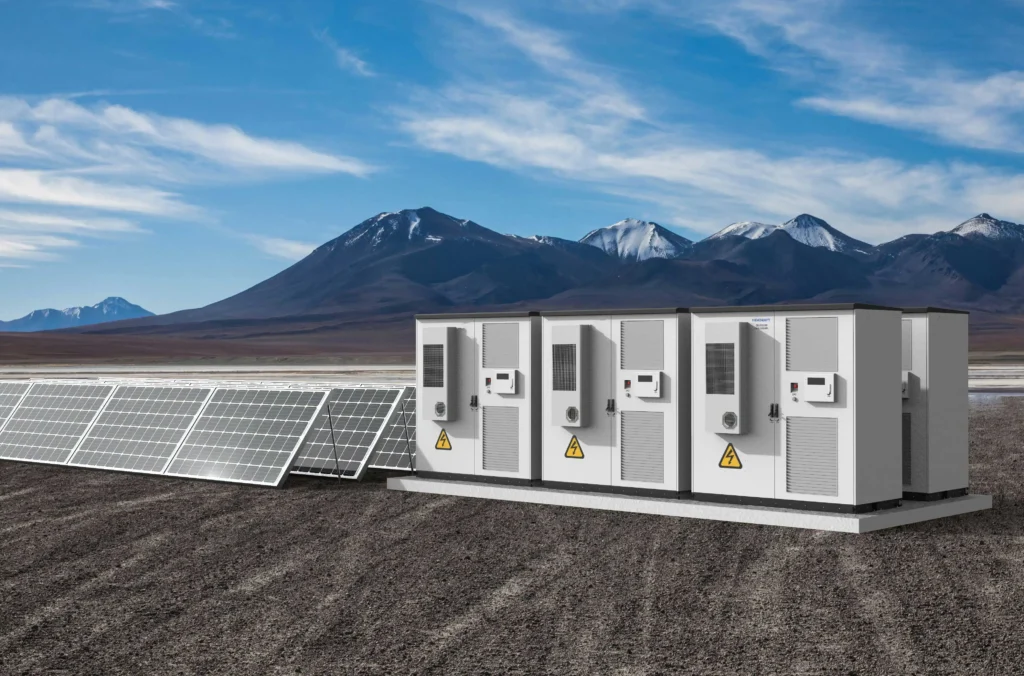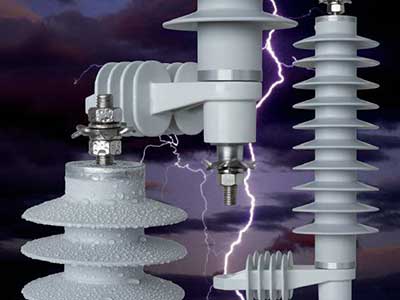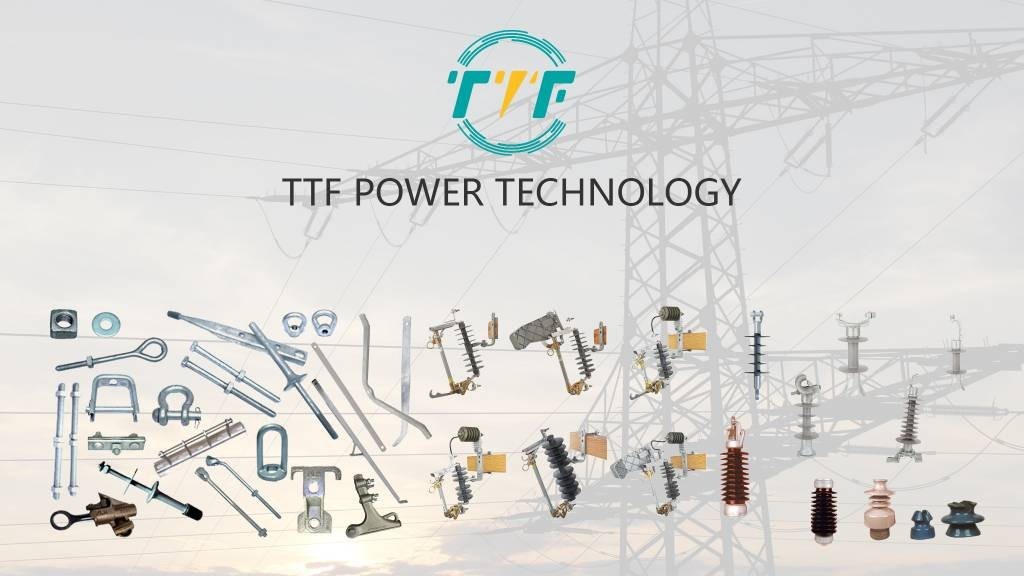
The natural renewable resources in South American nations present considerable opportunities for solar storage technologies. Many of these areas enjoy plenty of sunshine, a variety of climates, and an increasing dedication to renewable energy. For example, the Atacama Desert located in Chile experiences some of the highest levels of solar radiation globally. This enhances the use of solar energy, effective storage options to guarantee energy dependability and grid consistency. Rapid urbanization and industrial expansion are also increasing energy demands. Countries such as Brazil, Argentina, Colombia, and Peru are investigating solar energy. This enhances the demand for solar storage solutions. Distribution arresters guarantee the secure and dependable functioning of solar storage systems.
The arresters safeguard solar panels and inverters from harm due to lightning strikes and switching activities. Distribution arresters ensure the dependable functioning of solar storage systems. This helps to guarantee energy transfer to enhance their longevity. They also assist in preserving power quality by dampening voltage spikes and transients. This guarantees the smooth and effective functioning of the system. In solar systems, distribution arresters improve the reliability, efficiency, and lifespan of the systems. This aids in the incorporation of renewable energy into the power grid. This piece examines the solar storage technologies implemented in South America. It additionally examines the function of distribution arresters within solar systems.
Significance of distribution arresters in solar energy storage systems
Distribution arresters are able to safeguard electrical devices from voltage surges. This results from lightning strikes or switching activities. They redirect excess voltage to the ground, safeguarding delicate components in the system from damage. Distribution arresters serve in extensive solar farms, distant solar microgrids, and city-based solar setups. Outlined here are the key functions of distribution arresters in solar storage systems.

- Shielding from lightning surges – solar farms and storage systems are vulnerable to direct lightning strikes. Such activities can harm inverters, batteries, and various components. Distribution arresters shield these components from harm.
- Grid stability – certain regions face challenges with power grid stability and voltage variations. Distribution arresters assist in managing transient surges to maintain the efficient operation of the systems.
- Safeguarding equipment – certain parts such as panels, inverters, and battery storage units can be expensive. The arresters are economical and assist in safeguarding the investments.
- Boosting system dependability – the arresters increase the reliability and availability of solar storage systems. This by avoiding unexpected outages or harm caused by electrical surges.
- Adhering to standards – the installation of distribution arresters assists developers in meeting safety and grid compliance regulations.
- Ensuring power quality – surge arresters ensure power quality by mitigating voltage surges and transients. They guarantee the seamless and effective functioning of the system.
Energy sector solar storage technologies implemented in South America
Solar storage solutions ease the incorporation of solar energy and improve grid reliability. The kntegration of solar storage systems tackles the variability of solar energy. This helps to provide a consistent and dependable energy supply. Technologies for solar storage contribute to stabilizing the grid. Off-grid options, industrial and commercial applications, along with the residential sector. The implementation of these technologies encounters various obstacles in the region. Effective incorporation of advanced storage systems will stabilize energy, promote economic growth, and enhance environmental sustainability. TTF is a world-class global provider of high quality overhead line hardware, transmission hardware, distribution hardware, conductors, insulators, cutout switches, anchoring and grounding products.These products support the development of oil storage systems in South America. The solar storage technologies utilized in the energy sector of South America are as listed below.

- Lithium-ion batteries offer high energy density, effectiveness, and decreasing prices. The solar project in the Andes of Chile integrates a 180 MW solar panel system with a 115 MW lithium-ion battery storage solution.
- Flow batteries – this represents a developing technology ideal for extensive and long-term energy storage. These batteries provide long lifespans and adaptability for prolonged energy storage.
- Molten salt storage – this serves in concentrated solar power (CSP) facilities to keep thermal energy for producing electricity. For example, the Cerro Dominador facility in Chile integrates a 110 MW CSP system with molten salt storage to deliver 17.5 hours of uninterrupted energy.
- Hybrid storage systems – this merges various storage technologies to enhance performance. These consist of batteries combined with supercapacitors or thermal storage.
- Compressed air energy storage (CAES) – this system stores energy by compressing air and then releasing it to produce electricity during times of high demand. This technology is appropriate for extensive applications and has low operational expenses.